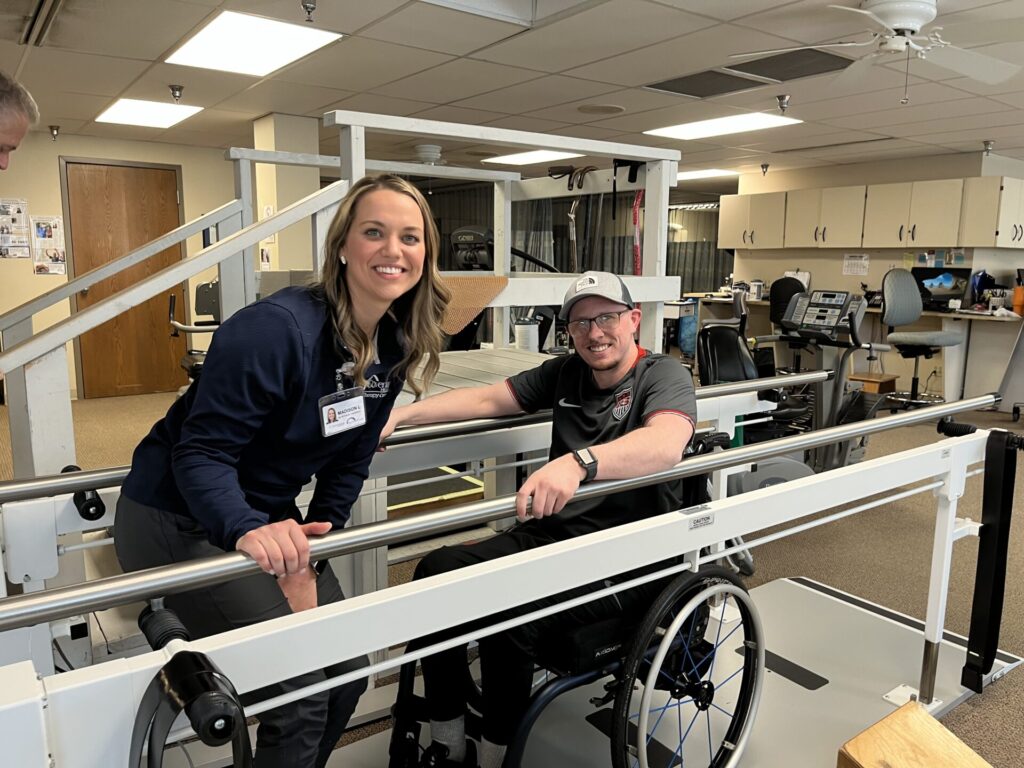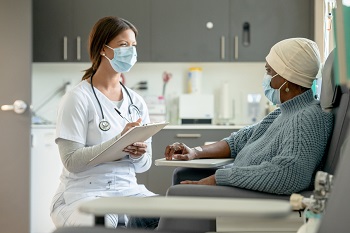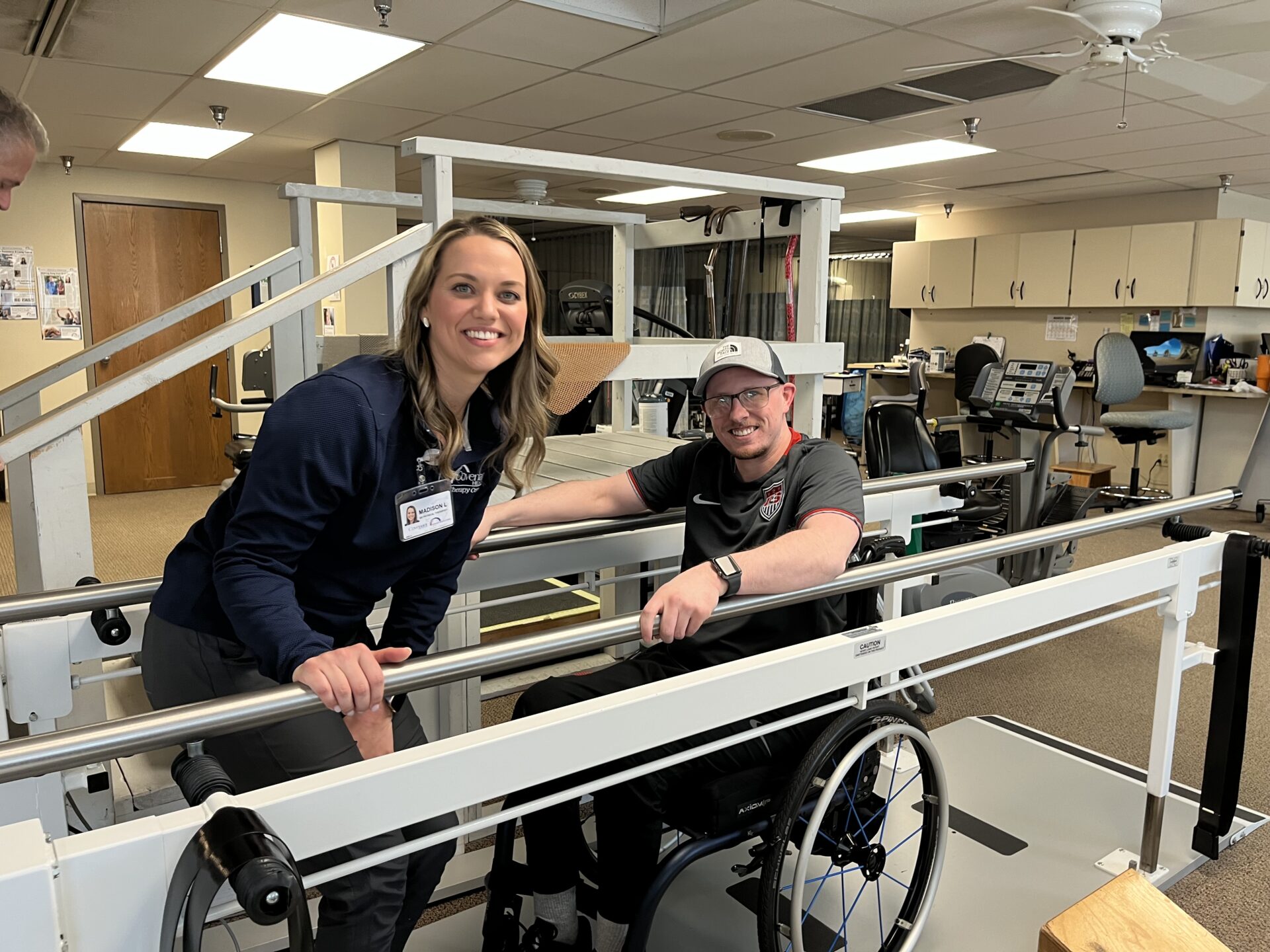- Find a DoctorDoctors by Specialty
- Cardiac Electrophysiology
- Cardiology
- Colon & Rectal Surgery
- Family Medicine
- Gastroenterology
- General & Vascular Surgery
- Gynecological Oncology
- Gynecology
- Infectious Disease
- Internal Medicine
- Interventional Cardiology
- Interventional Radiology
- Nephrology
- Neurology
- Neurosurgery
- Obstetrics & Gynecology
- Oncology
- Oncology & Hematology
- Orthopedic Surgery
- Otolaryngology
- Perinatology
- Psychiatry
- Pulmonary Medicine
- Radiation Oncology
- Rheumatology
- Sleep Medicine
- Thoracic Surgery
- Urology
- View All Doctors
- Our ServicesMedical Services
- Bariatric Services
- Behavioral & Mental Health
- Breast Care
- Cancer Care
- Critical Care
- Ear, Nose, & Throat
- Emergency Services
- Gastroenterology
- Glossary
- Heart Care
- Home Care
- Hospice & Palliative Care
- Imaging & Diagnostics
- Long-Term Care
- Nephrology
- Orthopedics
- Primary Care
- Rehabilitation Therapies
- Robotic-Assisted Surgery
- Sleep Services
- Spine Care
- Stroke Care
- Surgery Services
- Telehealth Services
- Urology
- Urgent Care
- Virtual Urgent Care
- Women’s Services
- Wound Care
- Our Locations
- Patients & Visitors
- About Us
New technology at Parkwest helps identify lung cancer early in former smokers
Lung cancer is most commonly associated with smoking and typically goes undetected until an individual develops symptoms. However, Parkwest Medical Center now has a new program that can detect lung cancer early, potentially saving your life.
What is a low-dose CT scan?
Low-dose CT scans use lower amounts of radiation than standard chest CT imaging and create detailed images of the chest and lungs to help detect cancer. It can lower the risk of death from lung cancer by 20 percent for individuals who are high-risk.
Who should receive a low-dose CT scan?
Yearly low-dose CT scans are recommended for individuals who are at high-risk for developing lung cancer. These individuals include those ages 50 to 77 who smoked at least an average of one pack a day for 20 years, even if you have quit in the last 15 years. Some individuals may be asked to return for additional follow-up if an area of concern is found.
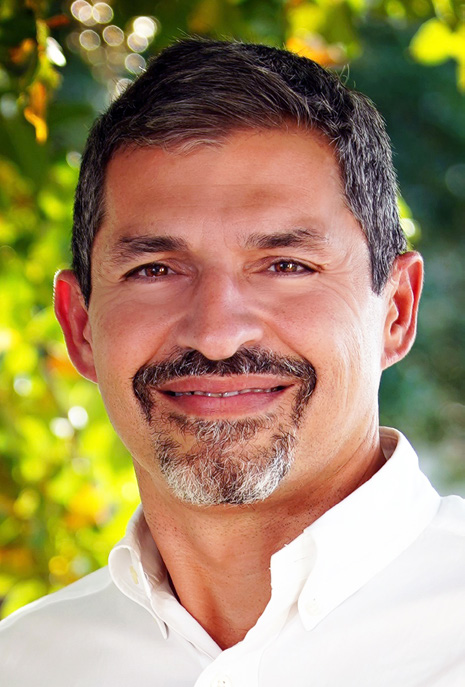
Radiologist
“This is an important screening for former smokers to get,” says Peter Emanuel, MD, radiologist at Parkwest. “It is the first time we have offered the opportunity to catch lung cancer early, which can significantly increase the chance of survival.”
How does a low-dose CT scan work?
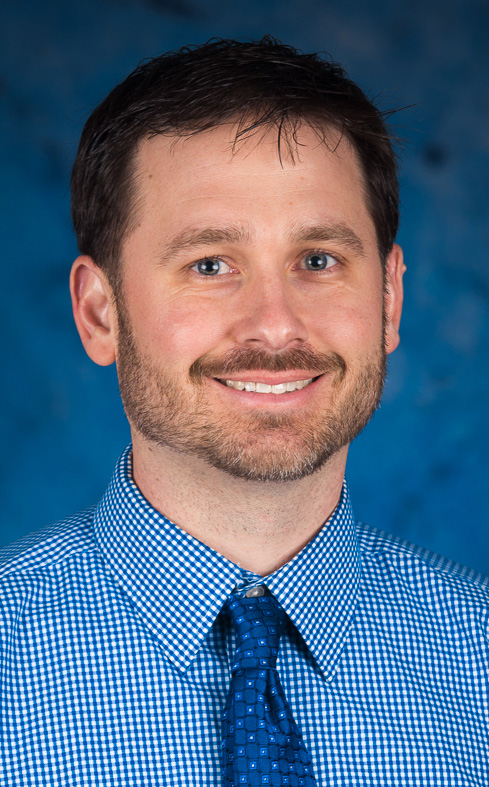
Director of Radiology
A low-dose CT scan takes only minutes and does not require any needles or medication. During the scan, you must hold your breath for at least six seconds while the chest scan is performed. “A low-dose CT scan is like a mammogram for smokers,” says Ryan Tipton, director of radiology at Parkwest. “Low-dose CT scans use a small amount of radiation to identify lung nodules, which may be cancerous. These scans catch lung cancer early when it is much more treatable.” Lung nodules are benign, or non-cancerous, nearly 98 percent of the time. Additional testing is required to determine if the nodule is benign or cancerous.
What are the benefits of a low-dose CT scan?
“Lung cancer is one of the deadliest forms of cancer,” says Tipton. “Getting a low-dose CT scan greatly reduces your chance of death by catching the cancer early.”
“Nearly 85 percent of cancerous lung nodules found in early screening tests are in stage 1 cancer,” adds Dr. Emanuel. “Typically, lung cancer is not found until stages 3 or 4.”
Are there any risks to a low-dose CT scan?
Similar to any sort of diagnostic test, there may be false positive or false negative results. Other tests may be needed to rule out these results. The low-dose CT scan may show areas of concern in other organs, such as the kidneys or liver, which may require a visit to a specialist or additional testing. However, the benefit of early lung cancer detection outweighs these risks.
How long does it take to get the results?
Results from a low- dose CT scan are typically available within 24 to 48 hours. Your referring health care provider will call you with your results and schedule additional testing if necessary.
How can I schedule an appointment for a low- dose CT scan?
A low-dose CT scan requires a physician referral. If you think you meet the criteria to receive a low- dose CT scan, talk to your doctor about scheduling an appointment at Parkwest Medical Imaging Services.
Benefits of Quitting Smoking
Smoking is a dangerous and unhealthy habit that affects nearly every part of your body. According to the Centers for Disease Control and Prevention, more than 16 million Americans are living with a disease caused by smoking. Smoking can cause cancer, heart disease, stroke, diabetes, lung diseases and chronic obstructive pulmonary diseases. “A big step in preventing lung cancer is to stop smoking,” says Peter Emanuel, MD, radiologist at Parkwest.
Quitting smoking can have immediate benefits, but continues to benefit you for years.
- After 20 minutes, your blood pressure and pulse rate drop, and your body temperature returns to normal.
- After eight hours, your blood carbon monoxide level drops and your blood oxygen level returns to normal.
- After just one day of not smoking, your chance of having a heart attack decreases.
- After two days, your nerve endings begin to regrow, improving your ability to taste and smell.
- After three days, breathing is easier and your energy level increases.
- Over the course of two to 12 weeks, your circulation improves, walking gets easier and your lungs begin to work better.
- Up to nine months after you’ve quit smoking, coughing, sinus congestion, fatigue and shortness of breath all decrease.
- After one year, your added risk of getting coronary heart disease is half that of a current smoker.
- After five years, your risk of getting mouth, esophagus or throat cancer is cut in half. Your risk of stroke is nearly that of a person who has never smoked.
- After 10 years, your risk of getting lung cancer is nearly half that of a current smoker. Your risk for other types of cancer and ulcers is also reduced.
- After 15 years, you have the same risk of premature death and the same chance of getting coronary heart disease as someone who has never smoked.
Talk to your physician today about the best approach to help you quit smoking.
Did You Know? Lung Cancer Statistics
Lung cancer is the second most common type of cancer, excluding skin cancer. According to the American Cancer Society:
- There will be more than 236,000 new lung cancer diagnoses in 2022.
- There will be roughly 130,000 deaths from lung cancer in 2022.
- Most people diagnosed with lung cancer are 65 years or older; the average age of a person diagnosed with lung cancer is 70.
- Lung cancer is a leading cause of cancer death, accounting for almost 25 percent of cancer deaths. More people die from lung cancer than from breast, colon and prostate cancer combined.
- One in 15 men and one in 17 women will be diagnosed with lung cancer.
If you are a former smoker, you are at high risk for developing lung cancer. Talk to your health care provider to determine whether you are eligible for lung cancer screening.


